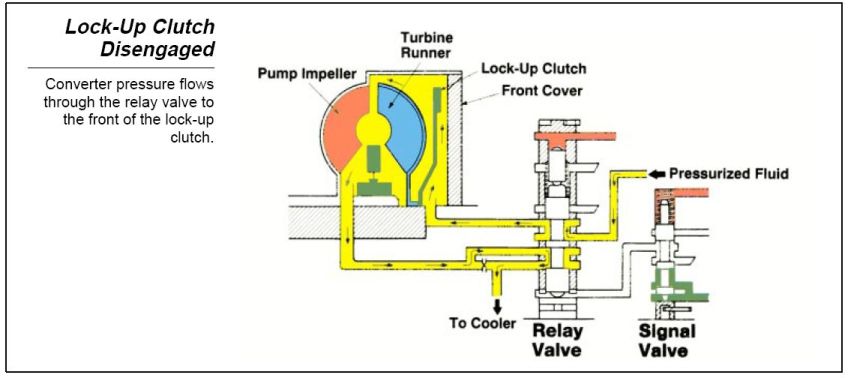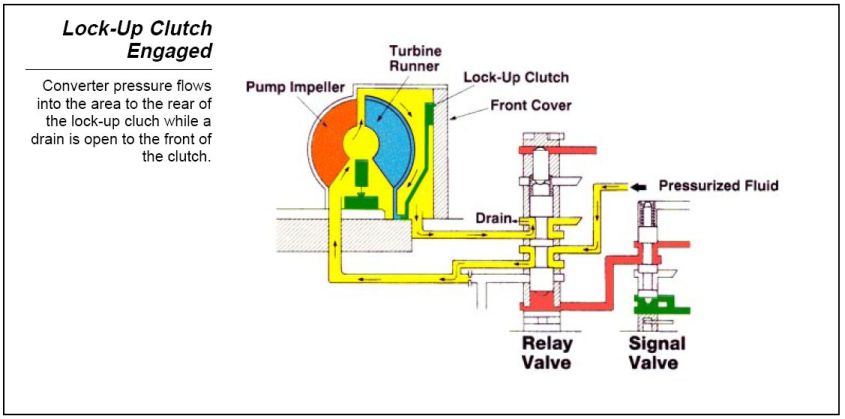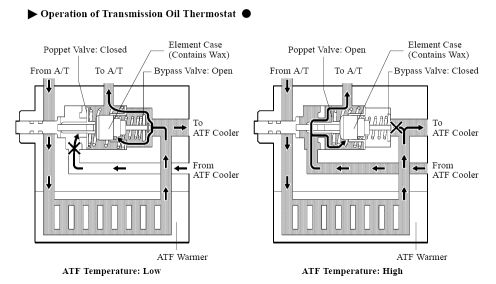Yep - I used the cST = SSU / 4.55.
I didn't catch the limitation where it only worked above 50 SSU. I now retract my comment about how the 4.55 factor seemed simplistic - that's because it is!
3.3 PSI is still very low. Low enough that I'm really beginning to think that a 15 or 25 PSI bypass may be too high. By the time it hits 15 or 25 PSI differential, the filter is extremely plugged.
May not even need a bypass if the filter has a lot of surface area or is of large enough micron size that it just won't plug between changes. I did buy some Fleetguard/Cummins heads that don't have a bypass. Some of the filters that fit this mount are huge - like a Wix 51202 - 3.6" by 7.8" - that I just don't see the thing ever plugging even with a beta 2/20 = 2/11.
Perhaps instead of a 15/25 PSI bypass head, I'll use one without a bypass and use an element that will have no chance of plugging in between element changes???
later,
ben
I didn't catch the limitation where it only worked above 50 SSU. I now retract my comment about how the 4.55 factor seemed simplistic - that's because it is!
3.3 PSI is still very low. Low enough that I'm really beginning to think that a 15 or 25 PSI bypass may be too high. By the time it hits 15 or 25 PSI differential, the filter is extremely plugged.
May not even need a bypass if the filter has a lot of surface area or is of large enough micron size that it just won't plug between changes. I did buy some Fleetguard/Cummins heads that don't have a bypass. Some of the filters that fit this mount are huge - like a Wix 51202 - 3.6" by 7.8" - that I just don't see the thing ever plugging even with a beta 2/20 = 2/11.
Perhaps instead of a 15/25 PSI bypass head, I'll use one without a bypass and use an element that will have no chance of plugging in between element changes???
later,
ben











